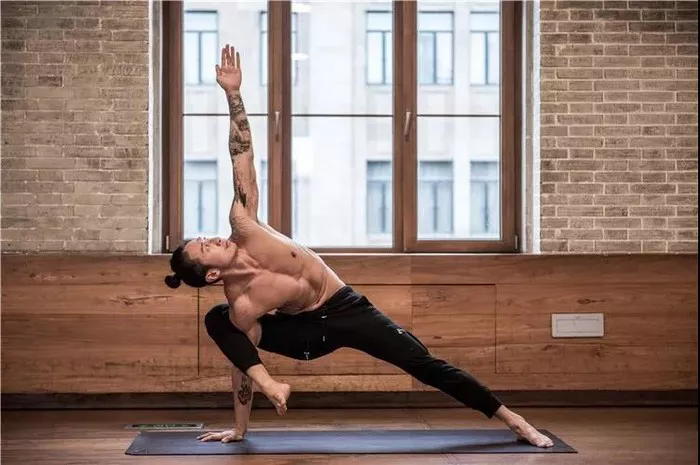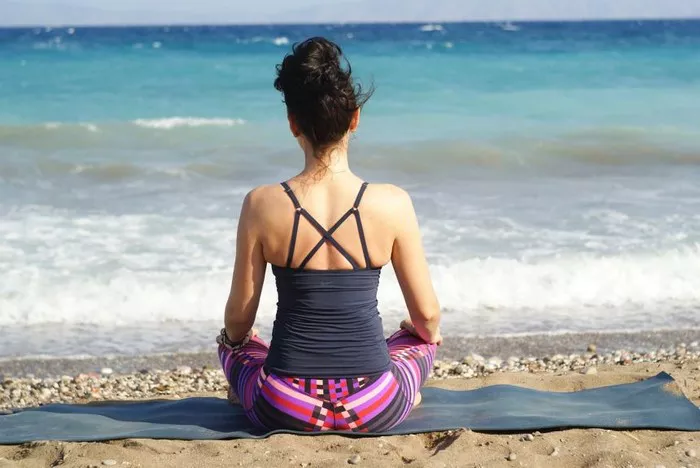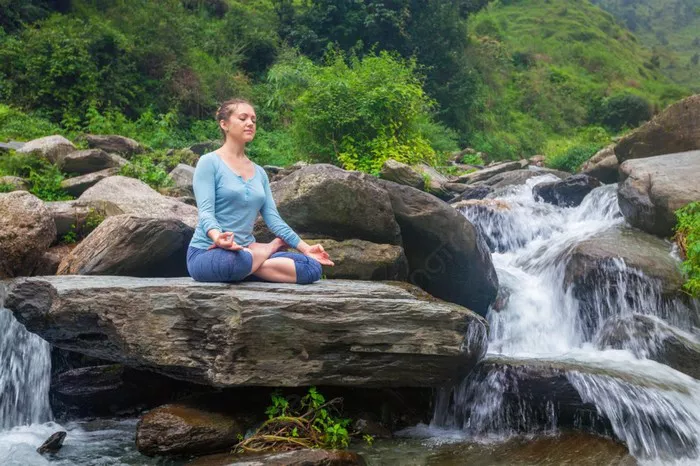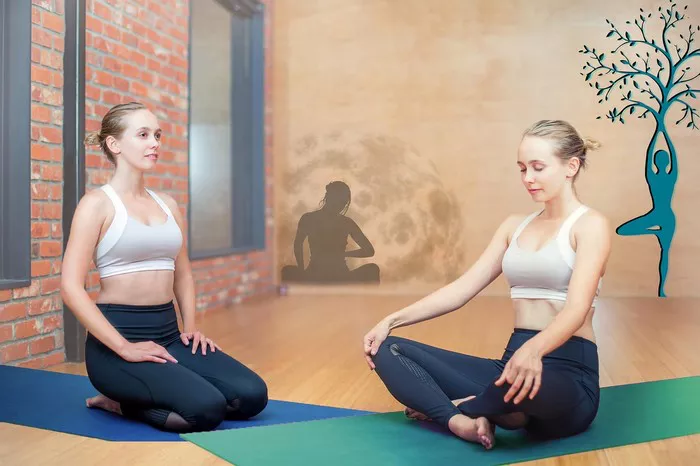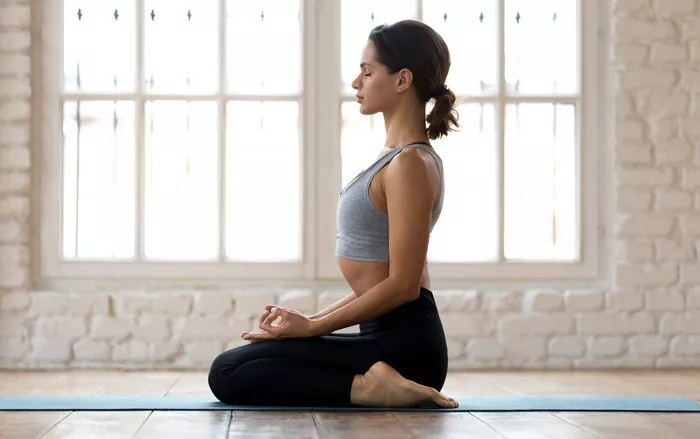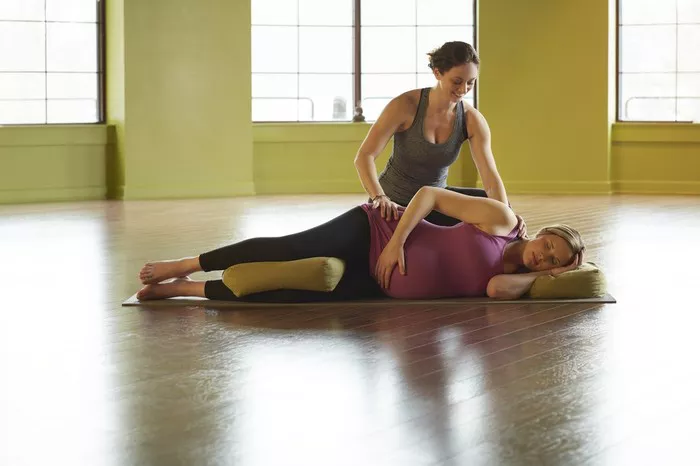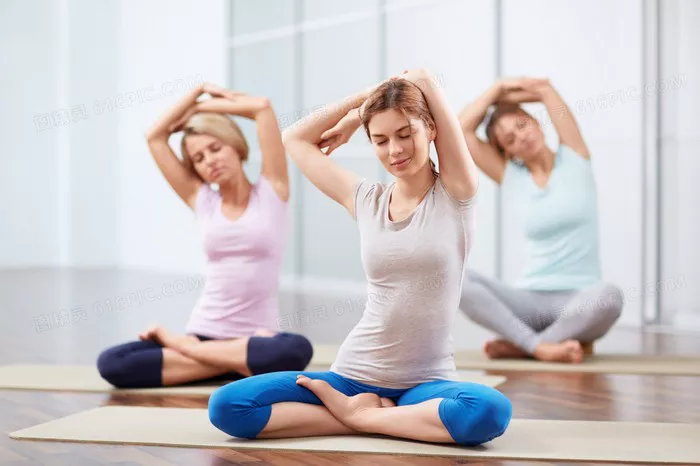The sphinx pose (Salamba Bhujangasana) is a gentle, beginner-friendly backbend that is often included in yoga sequences to improve spinal health and flexibility. Despite its relatively simple appearance, the sphinx pose offers a range of benefits, especially for the lower back. As a yoga instructor with years of experience, I have observed how various poses, including sphinx pose, can significantly impact physical health, particularly for individuals suffering from lower back pain or stiffness.
In this article, we will explore whether sphinx pose is truly beneficial for the lower back. We will examine its specific effects, the muscles it targets, and how it can help alleviate discomfort and improve posture. Additionally, we’ll discuss safety considerations and offer modifications for people who may experience discomfort during the practice.
What is the Sphinx Pose?
The sphinx pose is a prone (lying on the stomach) backbend that targets the spine, core, and upper body. It is often considered a gentle variation of the cobra pose (Bhujangasana) and is particularly suited for those who are new to yoga or dealing with back pain. Unlike cobra pose, where the arms are extended fully and the chest is lifted higher, in sphinx pose, the forearms are placed on the mat and the chest is raised in a more controlled and less intense way.
How to Perform the Sphinx Pose:
Start by lying on your stomach, with your legs extended straight behind you, feet hip-width apart, and the tops of your feet pressing gently into the mat.
Place your elbows under your shoulders, forearms on the ground, and your palms facing down. Your forearms should form a 90-degree angle with the floor.
Engage your core by gently pulling the navel in towards the spine, and then slowly begin to lift your chest off the floor. The lift should come from a subtle activation in your back muscles, not by overextending your arms or pushing your elbows into the mat too forcefully.
Lengthen through the spine, and feel a gentle opening in the chest and upper back as you lift higher. Keep your neck in alignment with your spine, avoiding excessive arching or straining.
Breathe deeply and hold the pose for 20 to 30 seconds, gradually increasing the duration as you become more comfortable.
To release the pose, gently lower your chest and forehead back to the mat, relaxing your body.
While the basic posture is simple, it can have profound effects on spinal alignment and lower back health when practiced correctly.
Sphinx Pose and Lower Back Health
To assess whether the sphinx pose is good for the lower back, it’s essential to understand the anatomy of the lower back and how this pose interacts with it. The lower back, or lumbar spine, is made up of five vertebrae (L1-L5) and is one of the most commonly affected areas in people who experience chronic pain or stiffness. Poor posture, prolonged sitting, and lack of movement can contribute to tension and discomfort in this region.
The sphinx pose helps to target the lumbar spine in several ways:
1. Gentle Extension of the Spine
One of the key benefits of sphinx pose is its ability to gently extend the spine. Most people spend a large portion of their day in a flexed (curved) position, especially when sitting for long periods. This can cause tightness in the lower back, contributing to discomfort and misalignment.
When you practice the sphinx pose, the gentle backbend encourages the spine to return to its natural, elongated position. This counteracts the effects of sitting and provides relief from compression in the lower back. Over time, this can improve spinal flexibility and reduce the risk of developing chronic pain.
2. Activation of the Core Muscles
The sphinx pose also engages the deep core muscles, including the abdominals and the muscles around the lower back (erector spinae). By activating these muscles, the pose helps to stabilize the spine and support the lower back. A strong core provides better support to the lower back, reducing strain on the lumbar region and promoting better posture overall.
3. Strengthening the Upper Back and Shoulders
While sphinx pose primarily targets the lower back, it also strengthens the muscles in the upper back, particularly the rhomboids, trapezius, and latissimus dorsi. By lifting the chest and drawing the shoulder blades together, the pose helps to open up the chest and improve the alignment of the upper spine. This can have a cascading effect on the lower back, as proper alignment of the upper back can alleviate tension and prevent compensatory movements that place stress on the lumbar spine.
4. Improving Posture
The sphinx pose promotes better posture by encouraging the natural curve of the spine. Many people with lower back pain also experience poor posture, often caused by muscle imbalances or a lack of awareness about body alignment. By incorporating sphinx pose into a regular yoga practice, individuals can develop a stronger, more aligned spine, which reduces the risk of injury and helps to maintain proper posture throughout daily activities.
Benefits of Sphinx Pose for Lower Back Pain
Now that we’ve discussed the ways in which sphinx pose interacts with the lower back, let’s take a closer look at the specific benefits it offers to individuals experiencing lower back pain or stiffness.
1. Alleviates Chronic Lower Back Pain
Many individuals who suffer from chronic lower back pain find relief through gentle backbends like the sphinx pose. By providing an opportunity for spinal extension, the pose helps to decompress the vertebrae in the lumbar spine, reducing the pressure on nerves and muscles. This decompression can result in a reduction of pain, particularly for people dealing with conditions like herniated discs or muscle tightness.
2. Improves Flexibility and Range of Motion
For those with tight lower backs, sphinx pose can be an effective way to increase flexibility and range of motion. Regular practice helps to stretch the lower back muscles and increase blood flow to the area, which can reduce stiffness and improve overall mobility. As flexibility improves, the risk of future injury decreases, and the spine becomes more resilient to stress and strain.
3. Supports Post-Surgery Recovery
For individuals recovering from back surgery, sphinx pose can be an excellent way to reintroduce movement and build strength in the lower back. The gentle nature of the pose allows the spine to safely extend without placing undue strain on healing tissues. It is important, however, to consult with a healthcare provider before attempting any new exercise during the recovery process.
4. Relieves Tension and Stress
Lower back pain is often aggravated by stress and tension. Sphinx pose can help reduce stress by encouraging deep, mindful breathing and by releasing tension in both the body and mind. By spending a few minutes in this restorative posture, individuals can experience a sense of calm and relaxation, which may contribute to long-term pain relief.
Safety Considerations and Modifications
While the sphinx pose offers many benefits, it is essential to practice it with proper alignment to avoid potential strain or discomfort. Here are some tips to ensure you are practicing sphinx pose safely:
1. Avoid Overarching the Lower Back
One of the most common mistakes people make in sphinx pose is overextending the lower back by pushing the chest too high. This can place undue stress on the lumbar spine and exacerbate existing lower back pain. Focus on lifting the chest only as far as feels comfortable, and engage your core muscles to support your spine.
2. Keep the Neck in Neutral Alignment
It is important to avoid craning the neck during sphinx pose. Keep your neck aligned with the rest of your spine, with your gaze directed forward or slightly down. This helps prevent neck strain and supports overall spinal alignment.
3. Use Props for Support
If you find it difficult to maintain proper alignment in the sphinx pose, you can use props like a blanket or bolster under your chest or pelvis to reduce the intensity of the backbend. This can make the pose more accessible for people with limited flexibility or those who are new to yoga.
4. Avoid Sphinx Pose if You Have Certain Injuries
Individuals with severe herniated discs, spinal stenosis, or other serious lower back conditions should consult with a healthcare provider before attempting sphinx pose. In some cases, a more passive form of spinal extension may be necessary, or alternative poses may be recommended.
Conclusion
The sphinx pose can be incredibly beneficial for the lower back, particularly for individuals seeking relief from stiffness, chronic pain, or poor posture. By gently extending the spine, engaging the core muscles, and improving upper body strength, sphinx pose offers a comprehensive approach to spinal health. When practiced correctly and consistently, it can help alleviate discomfort, increase flexibility, and support long-term back health.
As with any yoga pose, it is essential to listen to your body and modify the posture as needed. If you’re new to yoga or have pre-existing lower back conditions, it’s always a good idea to consult with a qualified yoga instructor or healthcare provider to ensure you’re practicing safely and effectively.
By integrating sphinx pose into your yoga routine, you may find that your lower back becomes stronger, more flexible, and free from pain—leading to improved posture and a greater sense of well-being.
Related Topics:

